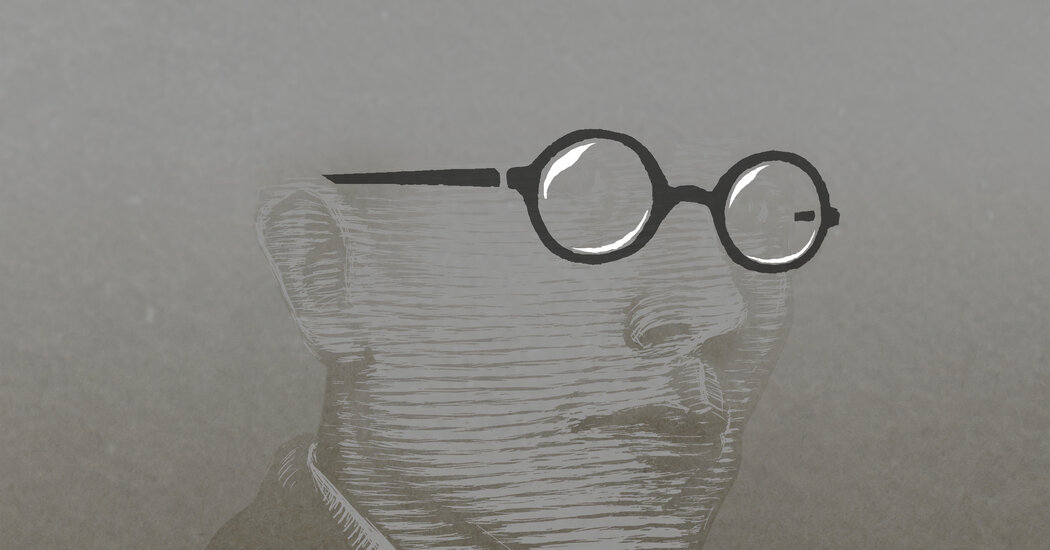Air Quality This Week Gives U.S. a Glimpse of the World’s Air Pollution
The dangerous haze hovering over parts of the Northeast and Midwest on Wednesday morning was highly unusual for the United States. For many people around the world, it would be somewhat normal.
Cities across Asia, Africa and Latin America have been so polluted for so long that air-quality readings like the ones expected across parts of New York State on Wednesday — which is expected to pose risks for people with respiratory problems — would not be seen as particular cause for alarm.
“Maybe foreigners can feel it, but for me it’s just the normal air I breathe every day,” Paiboon Kaewklangrong, a taxi driver in Bangkok, said on Wednesday. “Polluted, hot, dusty. But it is what it is.”
In a prepandemic study, the World Health Organization found that 99 percent of the world’s population lived in places that did not meet its guidelines for healthy air quality.
Bad air can be dangerous, especially if you’re breathing it over a lifetime. Short-term effects include coughing, congestion and inflammation. Longer-term exposure can damage your liver and brain, and increase the risk of blood clots that can cause heart attacks.
An added risk with smoke from wildfires is that the particulate matter they produce, known as PM, can mix with emissions from cars, factories and stoves in urban areas, said Rajasekhar Balasubramanian, an air quality expert at the National University of Singapore.
“It is therefore reasonable to assume that the PM in smoke haze is more toxic than the usual urban PM,” he said.
The W.H.O. estimates that the effects of outdoor and household air pollution are associated with about 6.7 million annual deaths worldwide, mostly in low- and middle-income countries.
South Asia has nine of the world’s 10 cities with the worst air, and “persistently hazardous” pollution that causes an estimated two million premature deaths a year, the World Bank said in a recent report. That pollution is partly a function of emissions from vehicles and heavy industry, but also from brick kilns, burning fields and other sources. People from poor families, who spend more of their lives outdoors and can’t afford air filters, tend to face the greatest risks.
In East Asia, years of chronic air pollution is one reason that wearing face masks was common well before the coronavirus pandemic. School children there are used to playing inside on bad air days. In the Korean language, bad air has a specific term — fine dust — and its levels are displayed in real time in places like train stations, bus stops and elevators.
“I know fine dust is a problem, and I don’t think twice about it anymore,” said Lee Hyung-ko, a university student from Seoul, the South Korean capital. “It’s not going away soon, so we just have to live with it.”
Air pollution can also weigh heavily on politics. In South Korea, would-be presidents have made reducing air pollution part of their campaign platforms. In China, smog over Beijing and other cities has been seen over the years as a failure of leadership. And smoke that occasionally wafts from forest and peatland fires in Indonesia to other parts of Southeast Asia tends to infuriate neighboring governments.
Sometimes political pressure over bad air leads to tangible changes. Starting in the late 1980s, as Mexico City came under international criticism for its bad air, the city and nearby state government undertook a series of measures, such as limiting how many days cars could circulate each week and shutting an urban refinery. The reforms mostly worked: The city’s air improved dramatically.
In other cases, urban air has improved because of something that no one saw coming. In Bangkok, as in New Delhi and other cities, for example, the air in the city of 11 million people improved noticeably during the coronavirus pandemic, said Mr. Paiboon, the taxi driver, who has been driving a cab for 18 years.
Now it’s back to normal.
“If you drive early morning up on the tollway, you can see it’s all hazy,” he said. “It looks like fog, but it’s not. It’s all dust particles.”


